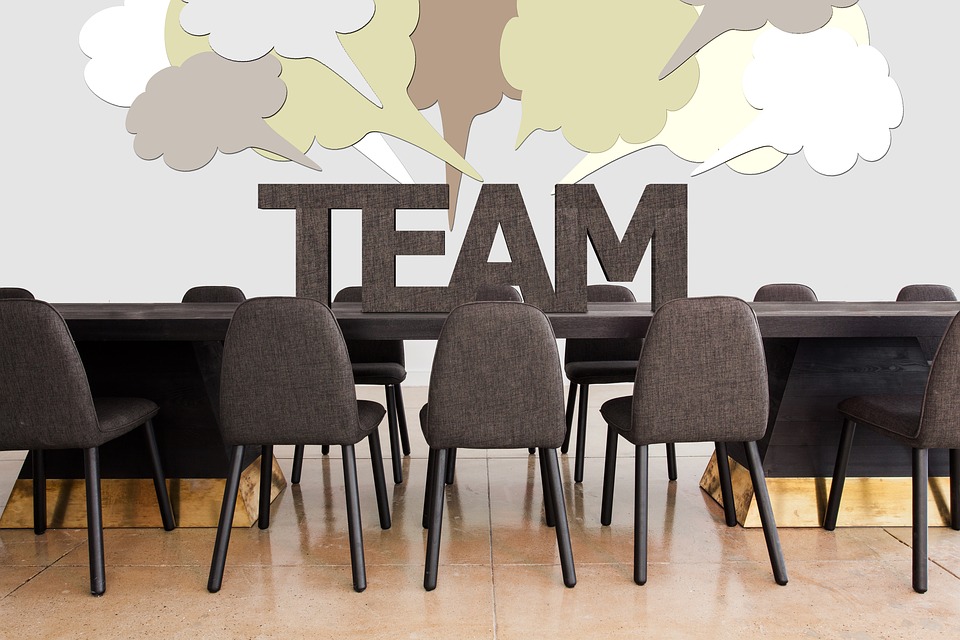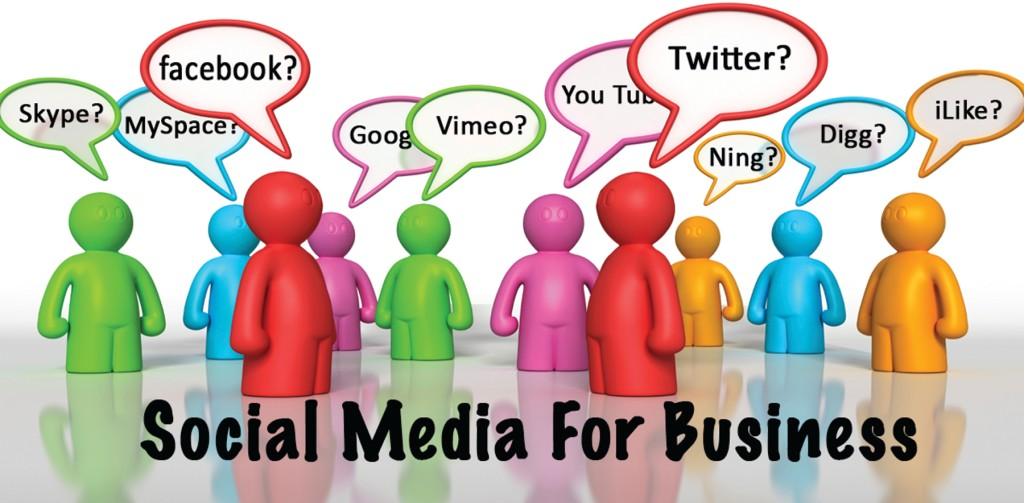Business owners always look for clever ways to promote products and services. A giveaway is one angle that gains traction. People like receiving free things, but the chosen promotional product makes a difference in whether people remember your business and actually use the giveaway. Here’s how to leverage and choose the right giveaways for your next campaign. Giveaways warrant strategy and end to end foresight.

Is There a Point to the Giveaway?
Of course, you’re using a giveaway to get attention to your brand. However, some businesses make the endeavor multifaceted. For example, a product may get the receiver to think about their lifestyle and make a change. For example, a sunscreen company may give away beach towels printed with warning signs of skin cancer. The receiver is sure to consider the consequences of sitting out in the sun when using the towel and subsequently use the sunscreen.
Does it Fit the Audience?
Some promotional giveaways fail to consider the target audience. For example, would a bunch of basketball players in Ohio care about getting free surf wax or a wetsuit? No, an Ohio resident has limited opportunity to use a wetsuit in addition that it’s unlikely an Ohio basketball player doubles as a surfer. Likewise, a tech related promotional item may not go over well with an older crowd of bowlers or knitters. It pays to know your crowd and consider choosing something they’ll use.
It Shouldn’t Be Entirely Free
Free of money charge is more exact than “free.” You don’t want to totally give something away without gaining in return. In the very least, get the contact information of receivers so you may send future information to them. However, you need to balance getting information without meddling too much or creating a barrier or interest. For example, a person may be willing to provide their email but not their phone number and mailing address.
The Promo Item Speaks for Your Company
In some cases, you’re not providing an item from your business cannon but hiring a third party to provide the actual giveaway item. That’s fine and in many cases the only way a business can do a promotion, but understand that the presentation and quality of the item makes an impression. The receiver will associate the usefulness and quality of the product with your company for better or worse. Find quality at lanyardsfactory.com.au.
Brand the Item with Contact Info
This may seem like a no-brainer yet some companies forget to put a name on promotional items. A name is good but contact information is better. Place the company’s web address, phone number, Twitter handle, or other variety of info on the product and check with the supplier to ensure proper spelling, color, size, etc.
Be Selective
If you’re providing attendants at a conference with swag, instruct your employees to be a bit selective in who gets what. For example, you may reserve upper tier giveaways for those who stopped to talk for more than a minute, happy to provide their contact information and seemed interested in being a long-term client or partner. While a giveaway should not resemble a bait and switch tactic, the truth is that the giveaway is meant to kindle interest…in those who will help your business profit.
Is it For Business or Pleasure?
Most people work for a living, so a promotional item that one could leverage at work is useful whether you’re a business to the business company or not. However, depending on the nature of your business and its branding, you need to decide if the product will be used for business (a paperweight for example) or pleasure (a frisbee for instance). The product is an extension of you. A business giving away a paperweight may be a serious book supplier or copywriting service. A frisbee giver could be a business that wants to be associated with fun – think a soft drink or juice box suppliers for example.
Limited Edition or Free for All
How many products do you plan on giving away? You could spend the same amount of money and resources on 10 or 1,000 promotional products. It depends on how limited or general you want the receiver to feel. For example, a promotional item given to the top 5% of clients, plays into the 80/20 rule where most of the company’s revenue comes from a small number of their clients.



